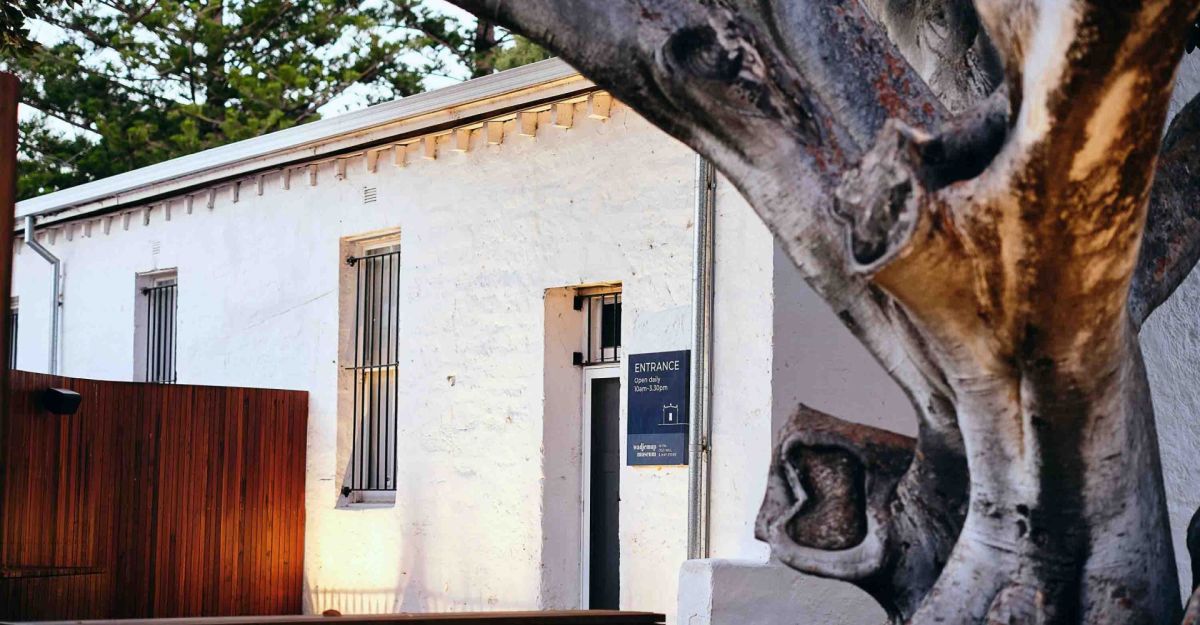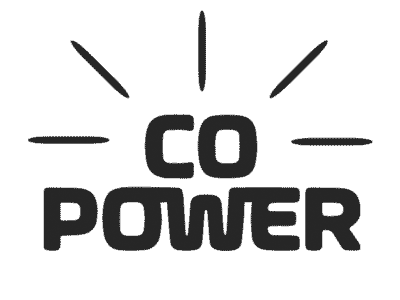The FIFA World Cup is the grandest soccer stage of them all—the latest in a list of major sporting events hosted here, on the sports-mad East Coast of Australia. The awe of spectacle was addictive, and even if we don’t really want to look, at times we just couldn’t look away. Stadium attendance and screening numbers reached an all-time high.
Major sporting events can help raise awareness to protest movements, especially where this is often subject to media and other institutional censoring and erasure. We are after all, living in a truth-telling era and, as Gamilleroi Aboriginal Sports Photographer Aunty Barbara McGrady says, ‘the Sociology of Sport … It’s more than a “thing”. It’s deadly!’
Examining the phenomenon and the developing sense that nations have of themselves is particularly significant now, given that it is the first time FIFA Women’s World Cup was staged in the Southern hemisphere. It is also the first time it was co-hosted by two countries. Meanwhile, the matriarchy is rising, and there has been a lot of social commentary on how the 2023 FIFA WWC has changed Australia. However, major events have a lasting impact on Indigenous communities on many levels, and the results from top-down decisions can take a long time to heal from.
*
Usually most of Australia could not care less about soccer, and that goes for most women’s sports, but a fickle audience will jump on the band wagon if there’s nothing going on (but the rent). Suddenly, Australian governments had around $210 million for infrastructure and $44 million dollars to host a month of mainstream fun fair events, which sees FIFA potentially profit around 11 billion dollars in income but not have to repay any local funds granted. Interestingly, $44 million is the same dollar value bureaucrats aim to spend on a one off ‘support boost’ for Indigenous Families navigating the child protection system over the next eight years, via fifteen organisations across the whole country, announced this year as ‘special’ initiative for the current generation of stolen children
All of a sudden green and yellow was in fashion here, and there were some different Coloured People people to boo—fresh blood to potentially add some exotic outsiders to the list of Australian sports racism controversies. FIFA seemed to do some crowd-pleasing and Empire building, by pitching The Coloniser versus The Colonised in the starting matches. Which of course, resulted in the two main colonising countries ending up in the grand final, whose aftermath included a scandal due to some crotch grabbing and non-consensual action by a male Spanish team boss. Although she captained the winning team, Jenni Hermoso has since been dropped from the team simply for speaking out about a history of abuse. The patriarchy wins.
The lack of knowledge in the Australian mainstream about the profile of soccer could be the major reason why there was no organised FIFA protests noticeable on our streets. The online protests and advocacy prevailed, admirably from Indigenous Football Australia, and from the John Moriarty Foundation—who have been generously doing the heavy lifting for Indigenous Peoples soccer in Australia over several decades. During this tournament, they were simply asking for their own slice of the $357 million dollar FIFA Legacy Fund pie, which is supplied by the Australian government. Two key members of the National Indigenous Advisory Group to mainstream Football Australia also threatened to quit in solidarity if no support was given. The grass roots work still needs to go on now that the event is over, especially in disadvantaged Indigenous communities.
In the lead up to tournament there were a lot of headlines like ‘FIFA Allows First Nations Flags to Fly’. In an ideal world, it should not be newsworthy for Indigenous Peoples to fly their own flag on their own lands. We saw a media storm surrounding a flag three decades ago, when Kuku Yalanji Athlete Cathy Freeman carried the Aboriginal flag while representing at the 1994 Commonwealth Games in Canada and later in Australia—knowingly in breach of the 2000 International Olympic Committee rules. Since then, our governments have been educated on the proper use of flags, and for the 2023 FIFA WWC they made a joint request that FIFA amended its usual strict regulations to allow the flags of the Indigenous people of each nation to be flown at all venues.
It was a wise choice, but these baby steps of so-called progress don’t match the major power moves or money-making. One hand giveth, the other taketh away, as they say. A large Palestinian flag was spotted at one of the first FIFA matches in Brisbane, but not seen there again. Japan was criticised for not flying the Ainu flag of their own Indigenous people. When the online protests popped up, FIFA paraded banners with the words ‘Unite For Indigenous Peoples’ during the opening ceremony of a couple of matches. However, that was later replaced with a gender banner, which seemed obvious at a Women’s World Cup—but not all genders were fairly represented. Rainbow armbands were almost-but-not-quite allowed this year, following protests in 2022 when FIFA threatened to yellow card any captain wearing one.
Another old-fashioned European games institution that FIFA imported here was their favourite merchandise label. Now, like all good Run DMC fans, I love some good adidas jackets, but if I was running a major sporting event I would probably steer clear of the historical associations with Nazism. I’d try instead to make ethical and sustainable choices when organising my own Indigenous Women’s events. Also, South-East Queensland is sub-tropical, so I would go with a natural material that can breathe in the humidity, instead of a fake polyester that makes sweating worse, and breaks down into plastic microfibres polluting our waterways, ending up in the Great Barrier Reef. But that’s just me. I can only guess that the finer detail of FIFA World Cup apparel gets lost in the bean counting of an initial budget of over $500 million.
Sometimes the sports circus in town is run by an actual circus—like when the 2018 Commonwealth Games was held on the Gold Coast and engaged Circa Contemporary Circus to run its Official Arts and Cultural Program. A lot of us in the Aboriginal Art industry are still wary of the scary helicoptered clowns that were propped up during that show. The 2018 British Empire Games on Yugambeh Country were also enforced as a spooky brute force country fair with a 10,000 strong paramilitary flex, playing war games with citizens. By contrast, this aggressive stance was not visible by Swiss-run FIFA in 2023. That’s life in The British Penal Colony here, so this Swiss-run event seemed quite tame, perhaps due to the neutrality premise of their own foreign policy that prohibits them from joining military alliances. However, that does not make Australia’s sportswashing right. Hopefully those few Indigenous people benefiting financially from these major events reflect on all sports protests and subsequent Black Cladding, regardless of the scale of darkness in their tents.
In recent years, FIFA has been called out, along with its host countries, for questionable behaviours. Yet, somehow Australia has managed to avoid such criticism of its treatment of Indigenous people, refugees and others—even though it is known as one of the most racist and culturally apartheid countries in the world. How can this be overlooked by FIFA in 2023, particularly in the leadup to the Indigenous Voice to Parliament Referendum? Let’s face it, the institutions of the sports industry, media, government, paramilitary and even the circus have been, and remain bastions of white supremacy and misogyny. As Yugambeh Aboriginal Writer Ellen van Neerven wrote during the World Cup:
It’s always ironic when people call to keep politics out of sport, when sport is inherently political, and part of a world that continues to colonise, brutalise and divide.
Even after introducing a new Human Rights policy and bidding criteria in 2017, they have failed to perform appropriate human rights risk assessments when choosing new host countries. FIFA’s historical unpaid player problems and un-compensated abused workers from previous events, as recent as Qatar 2022 remain a dark stain on the pitch.
Maybe the reason why Australia never appreciated women’s sport until now is because there was no informed opinions as it was so oppressed and unseen before. This could also be said of other industries and applied to many areas of life, where people just need to witness an experience first-hand, so they can make up their own mind. Support and advocacy are needed from those with a platform, so that the limelight under the Big Top can be shared.
Now that Australia knows better, we can do better, and make systemic change. The next huckster in the carnival of sport is the upcoming 2032 Brisbane Olympic Games. If we want aspects of it to be in line with Aboriginal protocol, we need action from across the four winds of the world. If it’s not done right we need solidarity and protest just the same. We are each other’s safety net in this theatre of sport. As a senior Aboriginal woman activist once told me, ‘we are all only as good as we negotiate’.
Image: Montanna Bailey






